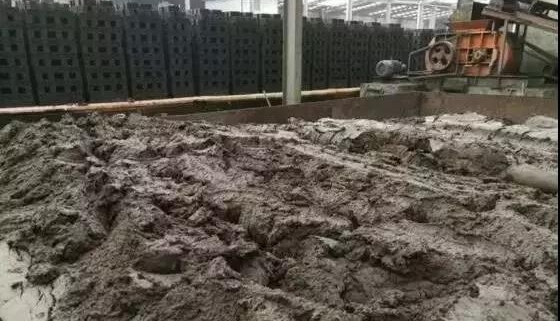In recent years, with the development of China’s economy and the continuous advancement of urbanization, the scale of construction of urban sewage plants has been continuously expanded, and the degree of sewage treatment has been gradually improved. The aerobic wastewater treatment technology is generally applicable to medium and low concentration organic wastewater due to short start-up time. Widely used, the biggest feature of aerobic wastewater treatment technology is that the output of excess sludge is gradually increasing. For sludge disposal methods, the traditional methods are sludge landfill, sludge farming and sludge incineration. After the sludge is landfilled, it will cause certain environmental problems. In order to meet the three principles of “harmlessness”, “reduction” and “resources” of solid waste treatment, and to build an environment-friendly society, sludge recycling is the ultimate way of sludge disposal. The hot spot of research on sludge resource utilization is the harmless building materials technology of sludge, which can not only solve the adverse effects of sludge on the environment, but also solve the problem of land occupation of sludge, and can turn waste into treasure, more in line with ecology. Sexual sustainability strategy.
After the sludge is dehydrated, it can be used as a raw material for cement or as a heat source. Japan has produced “ecological cement” by municipal sludge incineration, which has greatly reduced the load of waste treatment and realized the recycling of sludge. China has also done a lot of research in the research and development of “ecological cement”. There are basically three kinds of technological processes for using sludge as “ecological cement”: one is to directly dewater the sludge; the other is to artificially dry the sludge; the third is to use sludge for incineration and ash utilization. Regardless of the process, The inorganic components in the sludge must meet the requirements of cement production to ensure the production of cement clinker in line with national standards. At present, the technology of sludge disposal by cement kiln has attracted attention and is widely used. The cement produced by this technology is in the same phase as ordinary Portland cement. Better performance than in some performance areas.
Although sludge cement can completely decompose organic matter and solidify metal ions in cement crystal lattice, it also has the problem of low cement strength. Therefore, to control the sludge content, as well as the actual process conditions between countries and regions, these objective factors should be fully considered. Whether using dry sludge to make cement or sludge incineration ash to make cement, there is no difference in the effect of cement on the cement properties. Dry sludge cement also has the adverse effects of high transportation cost and polluting gas during the production process. Also prevent secondary pollution problems.
In addition to sludge brick making, sludge ceramsite, and sludge cement, there are many other ways of resource utilization. For example, other methods such as production of biochemical fiberboard by using sludge and glass, and sludge are used. The ash component after sludge incineration contains a certain amount of crystal nucleus such as ferric oxide and phosphorus pentoxide. Therefore, sludge incineration is suitable for making glass-ceramics. The sludge is used as raw material to manufacture biochemical fiberboard. The main process principle is to utilize the biomass content in the activated sludge. These biomass contain organic matter and enzymes, namely crude protein and globulin network. These two macromolecular organic substances can be dissolved in an aqueous solution of acid, alkali and salt. With this property, the sludge is heated under alkaline conditions. The denaturing effect of the protein occurs after drying, pressurization, etc., and protein gelatin, also called active resin, is produced by protein denaturation, and is pressed into a sheet by bleaching, degreasing, and the like. The sludge is mixed with a thermoplastic polymer to obtain a polymer composite.



